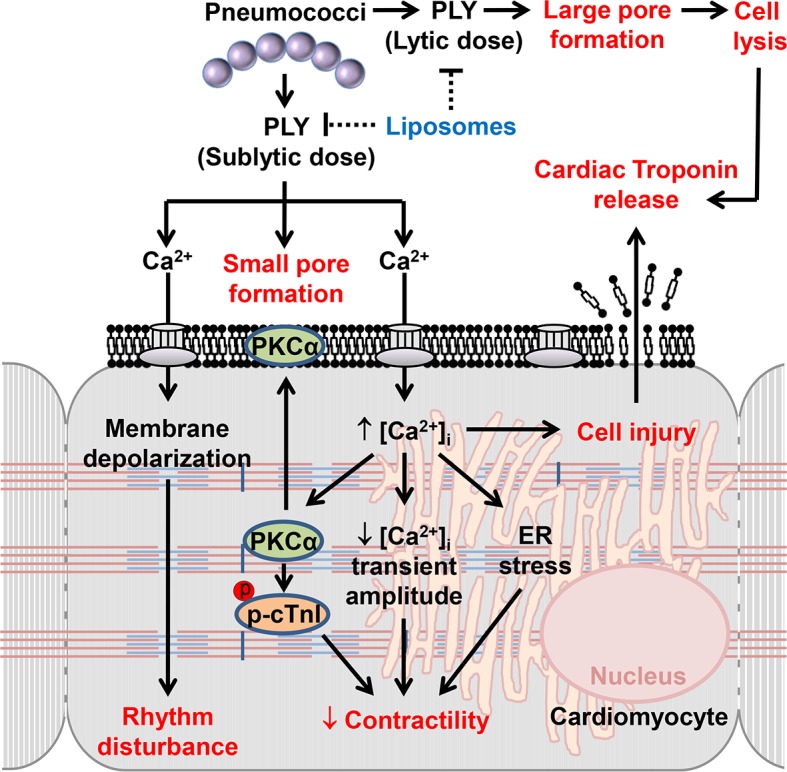Fig 10. The mechanisms and effects of PLY on cardiomyocytes.

High lytic concentrations of PLY induce large pore formation to lyse cells. However, sub-lytic concentrations of PLY bind cellular membrane to induce smaller pores thereby triggering profound Ca2+ influx into cardiomyocytes. The resulting abnormal increment in intracellular Ca2+ concentration [Ca2+]i causes significant membrane depolarization, activation of detrimental signalling pathways (e.g. PKCα-cTnI axis, ER stress) and reductions in the Ca2+ transient amplitude to cause rhythm disturbance and depression in contractile force. Ultimately, Ca2+ overload causes cellular injury which may account for cardiac troponin leakage from cardiomyocytes into the circulation. Toxin-sequestering liposomes offer a potential novel therapeutic intervention against the toxic effects of circulating PLY.
